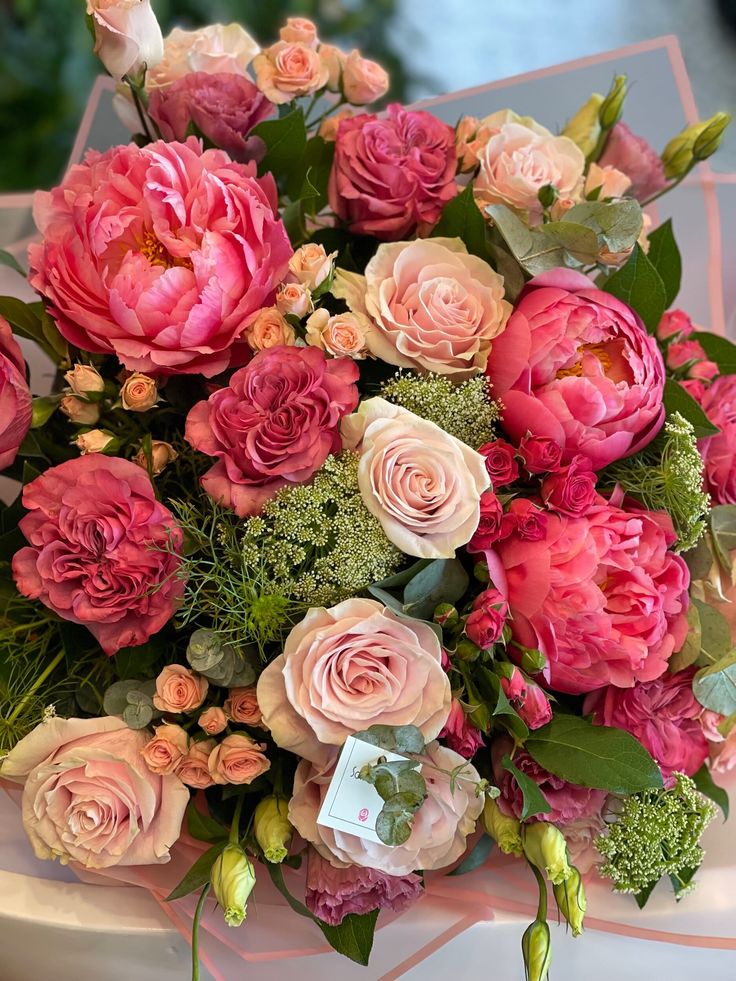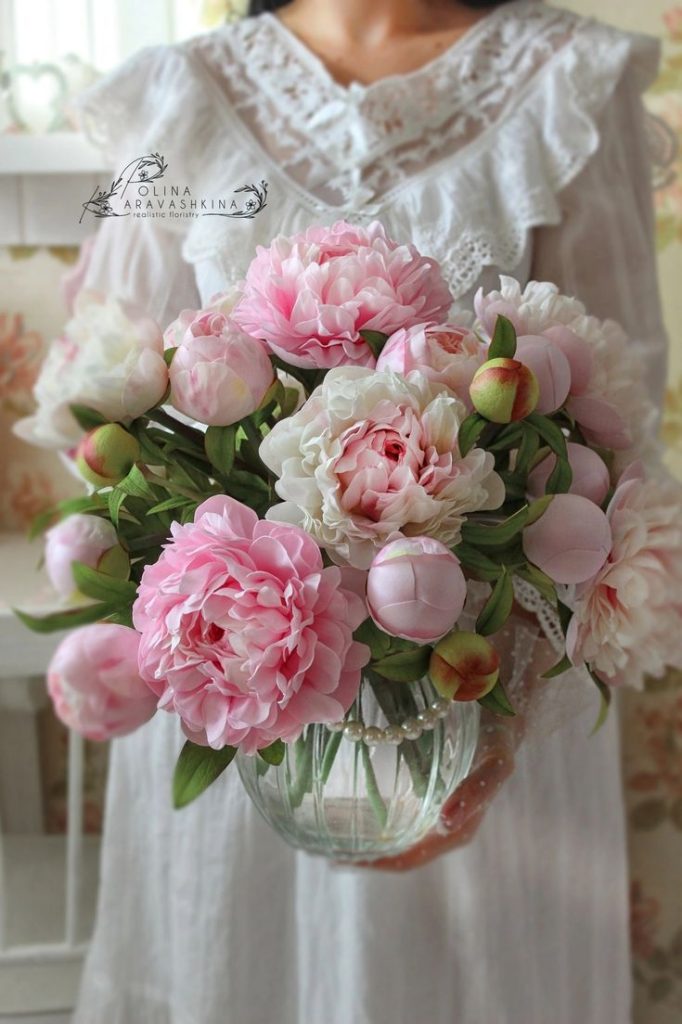Bees and butterflies are not only beautiful to behold but also essential pollinators that play a crucial role in our ecosystem. By creating a pollinator-friendly flower garden, you can not only attract these fascinating creatures but also support their populations and promote biodiversity in your outdoor space. In this guide, we’ll explore how to design and plant a flower garden that will delight bees and butterflies, providing them with the food, shelter, and habitat they need to thrive.










Understanding Pollinator Needs
- Food Sources: Bees and butterflies rely on nectar and pollen from flowers as their primary food sources. Plant a diverse selection of flowering plants with different shapes, colors, and bloom times to provide a continuous supply of food throughout the growing season.
- Shelter and Habitat: In addition to food, bees and butterflies also need sheltered areas for nesting, resting, and overwintering. Incorporate features such as flowering shrubs, trees, and grasses, as well as dense vegetation and sheltered corners, to provide habitat and refuge for pollinators.
- Water: Like all living creatures, bees and butterflies need access to clean water for drinking and hydration. Provide shallow dishes of water or create small puddling areas with damp sand or soil to attract and nourish thirsty pollinators.
Choosing Pollinator-Friendly Plants
- Native Plants: Native plants are best adapted to local growing conditions and provide important food sources for native pollinators. Choose a variety of native flowers such as coneflowers, milkweed, bee balm, and native grasses to attract a diverse range of bees and butterflies.
- Nectar-Rich Flowers: Select flowers with abundant nectar and accessible blooms that are easy for bees and butterflies to feed on. Look for flowers with open, tubular, or flat-shaped blooms, as well as brightly colored petals that attract pollinators with their vibrant hues.
- Long-Blooming Species: Choose flowers that bloom throughout the growing season to provide a continuous supply of nectar and pollen for pollinators. Include early blooming, mid-season, and late blooming species to ensure that food is available from spring to fall.
- Avoid Pesticides: Bees and butterflies are highly sensitive to pesticides and other chemicals commonly used in conventional gardening practices. Avoid using chemical pesticides, herbicides, and fungicides in your flower garden to protect pollinators and promote a healthy, pesticide-free environment.
Designing Your Pollinator Garden
- Plant in Clusters: Group pollinator-friendly plants together in clusters or drifts to create attractive foraging areas for bees and butterflies. This makes it easier for pollinators to locate and access food sources, increasing the efficiency of pollination.
- Provide Sun and Shelter: Choose a sunny, sheltered location for your pollinator garden, as most flowering plants prefer full sun. However, be sure to include some shade-providing plants and sheltered areas for pollinators to seek refuge from harsh weather conditions.
- Include Host Plants: Incorporate host plants into your garden design to support the entire lifecycle of butterflies, including egg-laying, caterpillar feeding, and pupation. For example, plant milkweed to attract monarch butterflies and provide a vital food source for their caterpillars.
- Add Water Features: Enhance your pollinator garden with water features such as birdbaths, shallow pools, or bubbling fountains to provide drinking and bathing opportunities for bees and butterflies. Place water features near flowering plants to attract pollinators and create a focal point in your garden.
Conclusion
Creating a pollinator-friendly flower garden is not only a rewarding and enjoyable gardening project but also a valuable contribution to the health and vitality of our planet. By providing food, shelter, and habitat for bees and butterflies, you can support their populations, promote biodiversity, and enjoy the beauty and wonder of these fascinating creatures in your own backyard. Whether you’re planting native flowers, providing nectar-rich blooms, or designing a habitat with water features and sheltered areas, there are endless opportunities to create a welcoming haven for pollinators in your outdoor space. With a little planning and creativity, you can transform your garden into a buzzing paradise that delights the senses and nurtures the natural world.